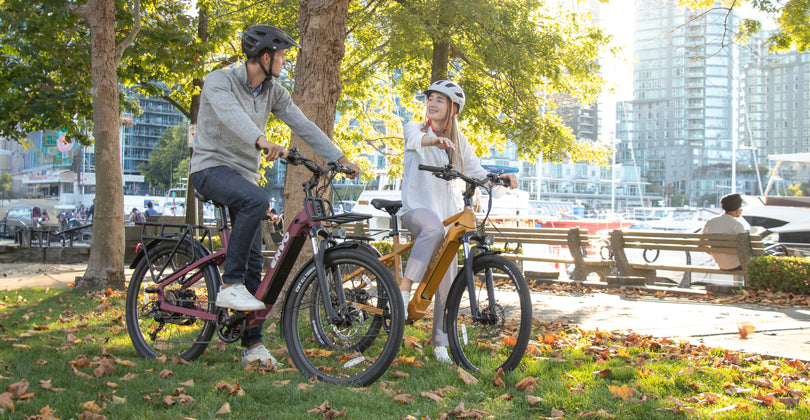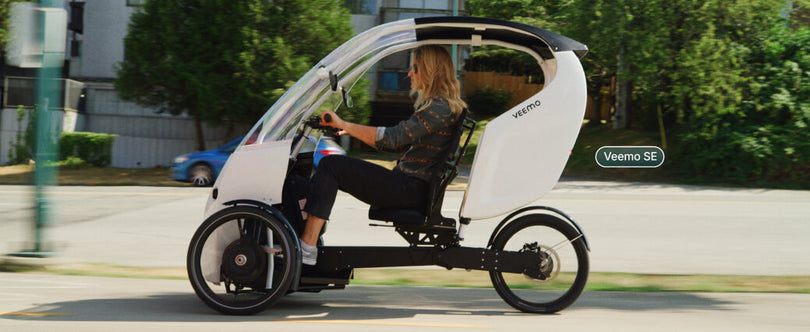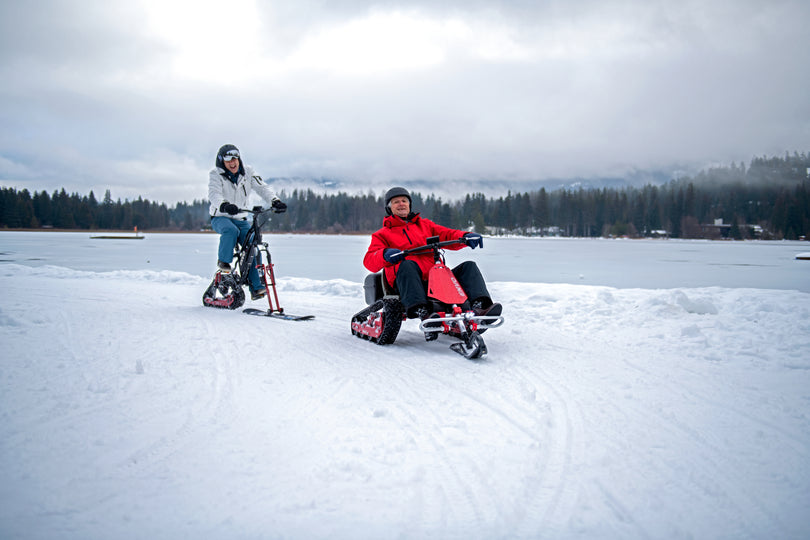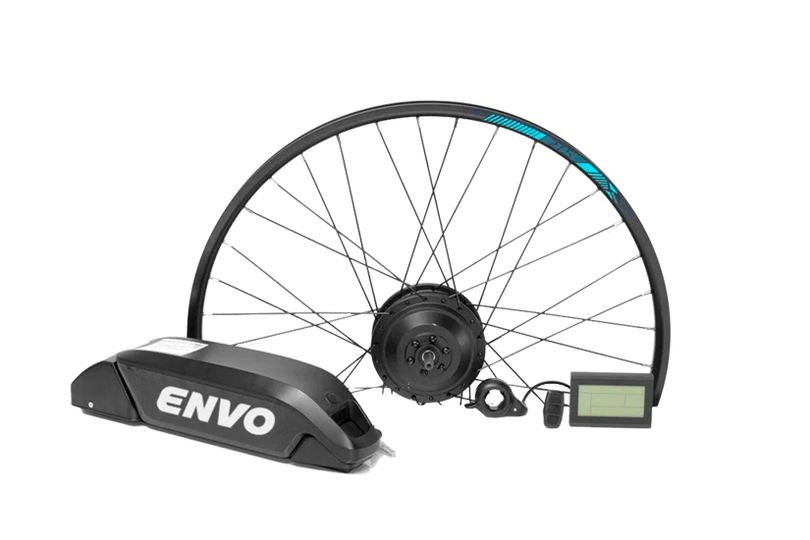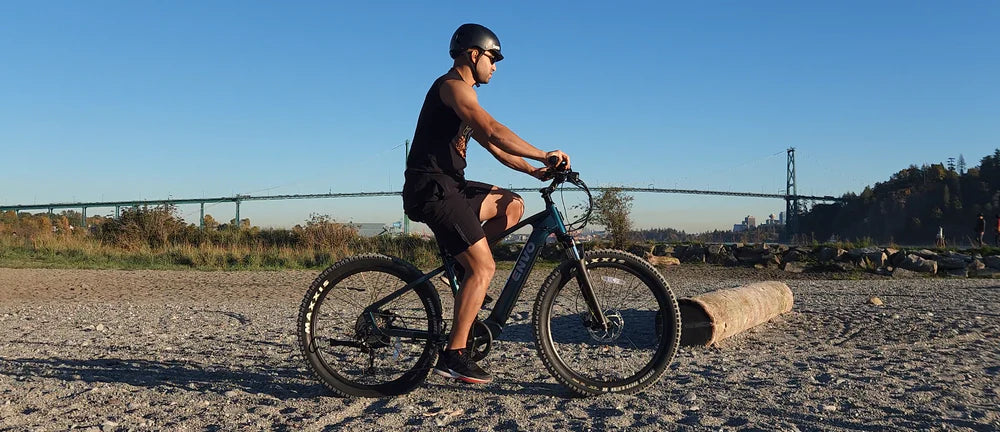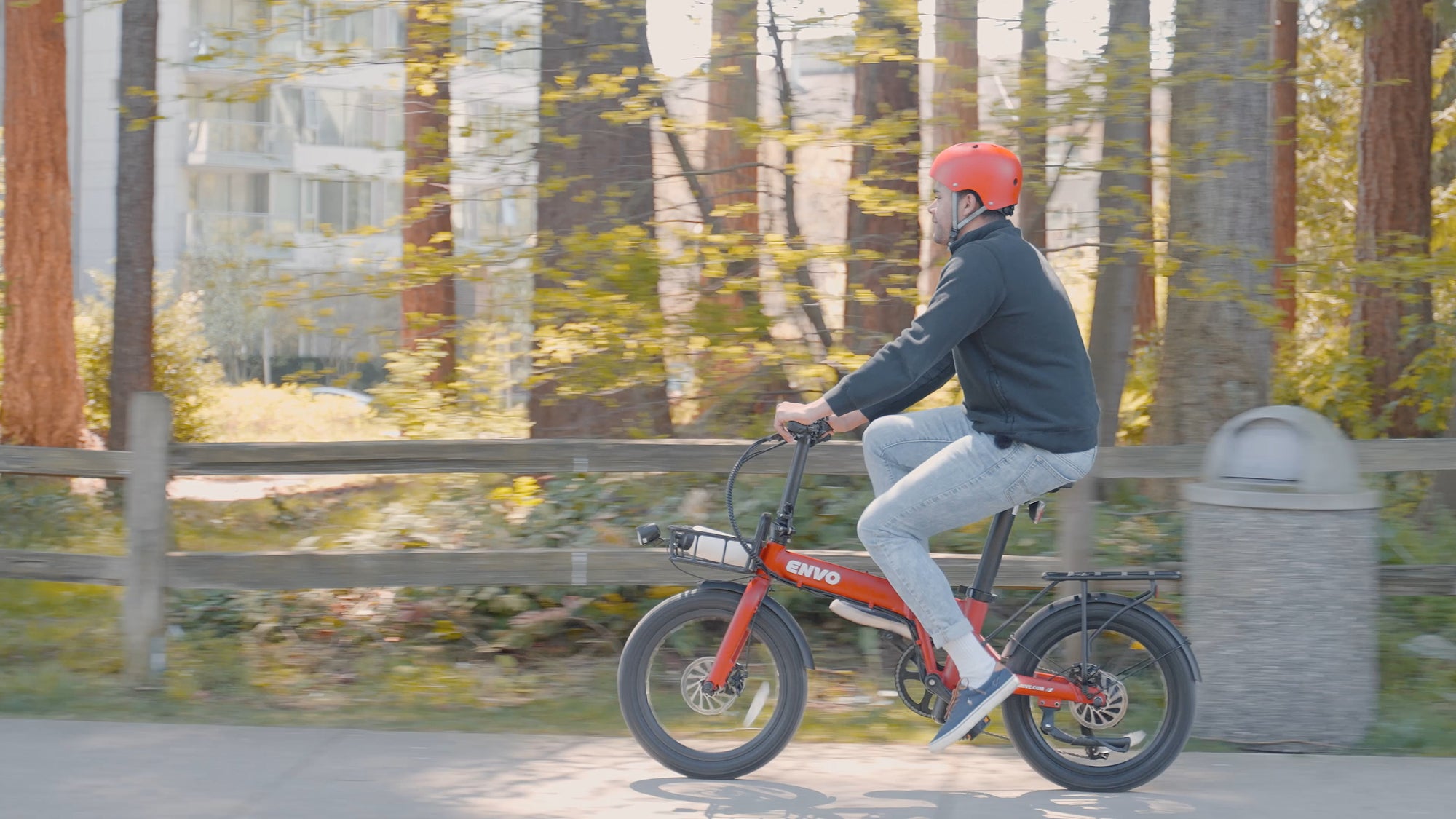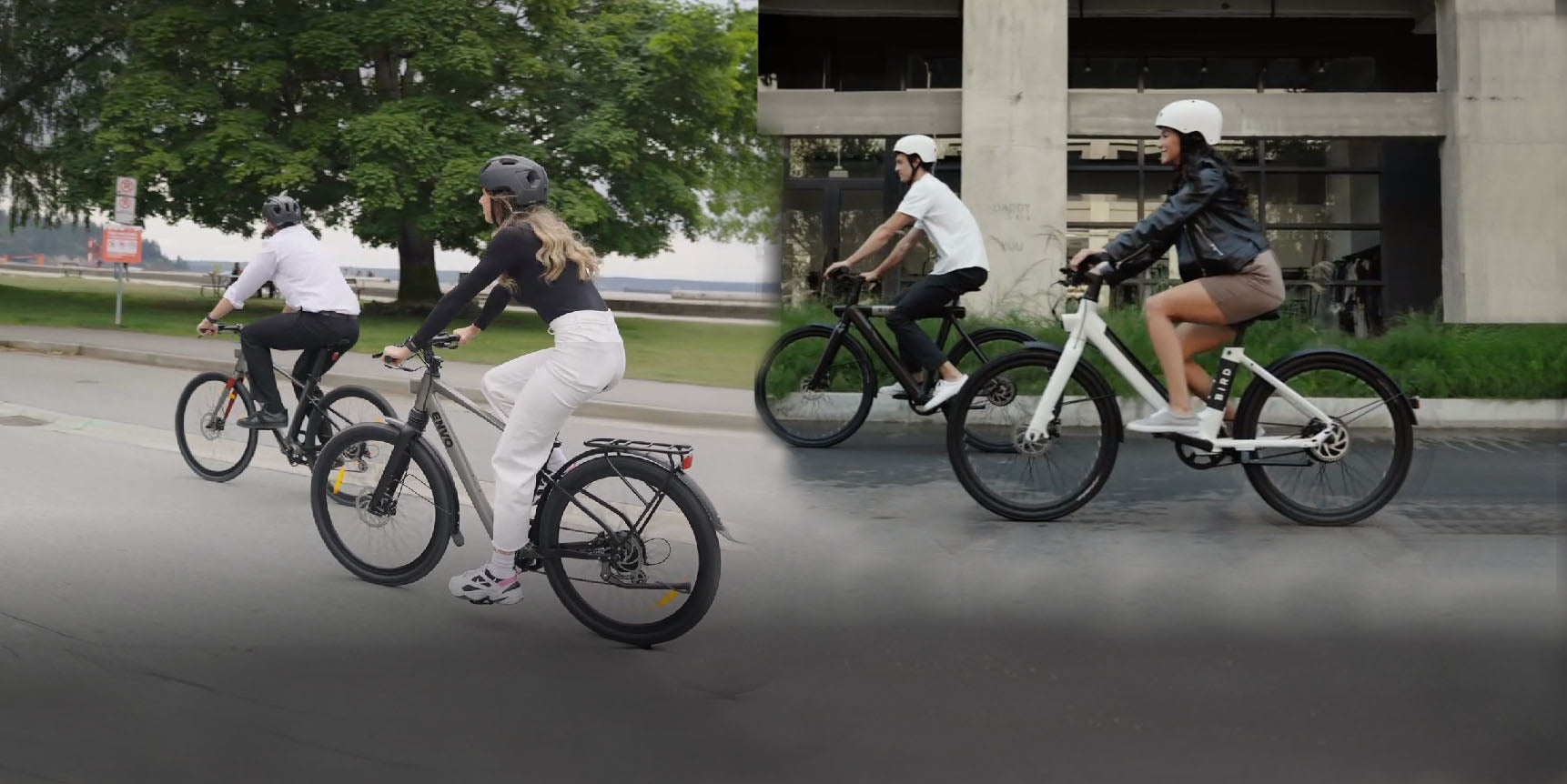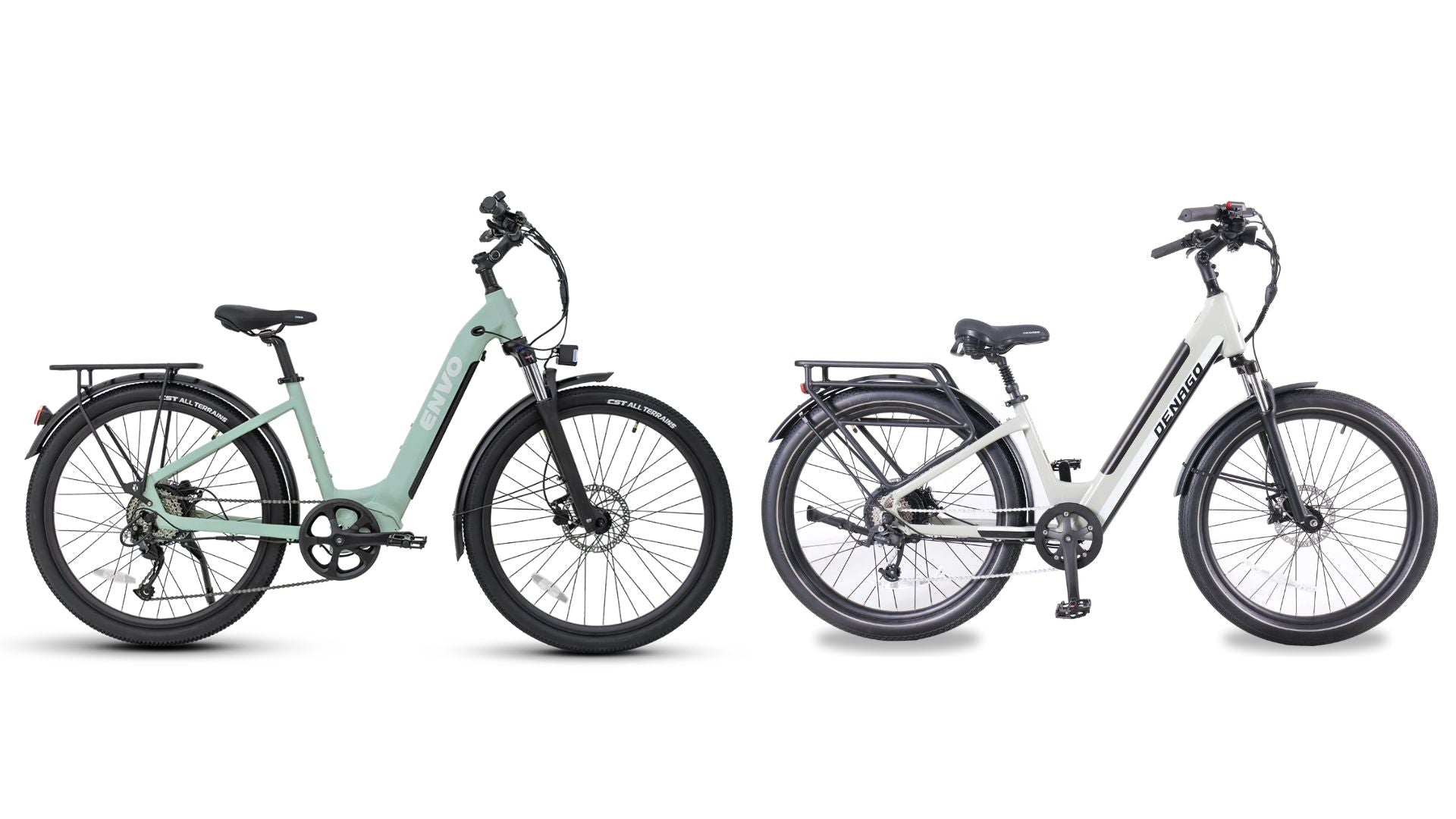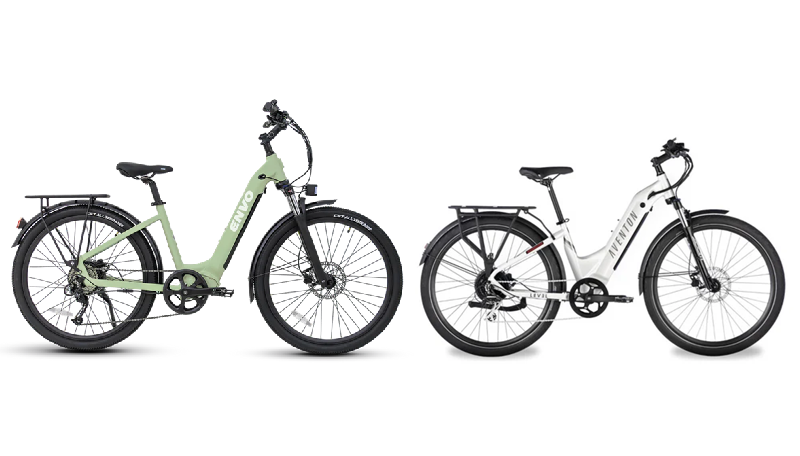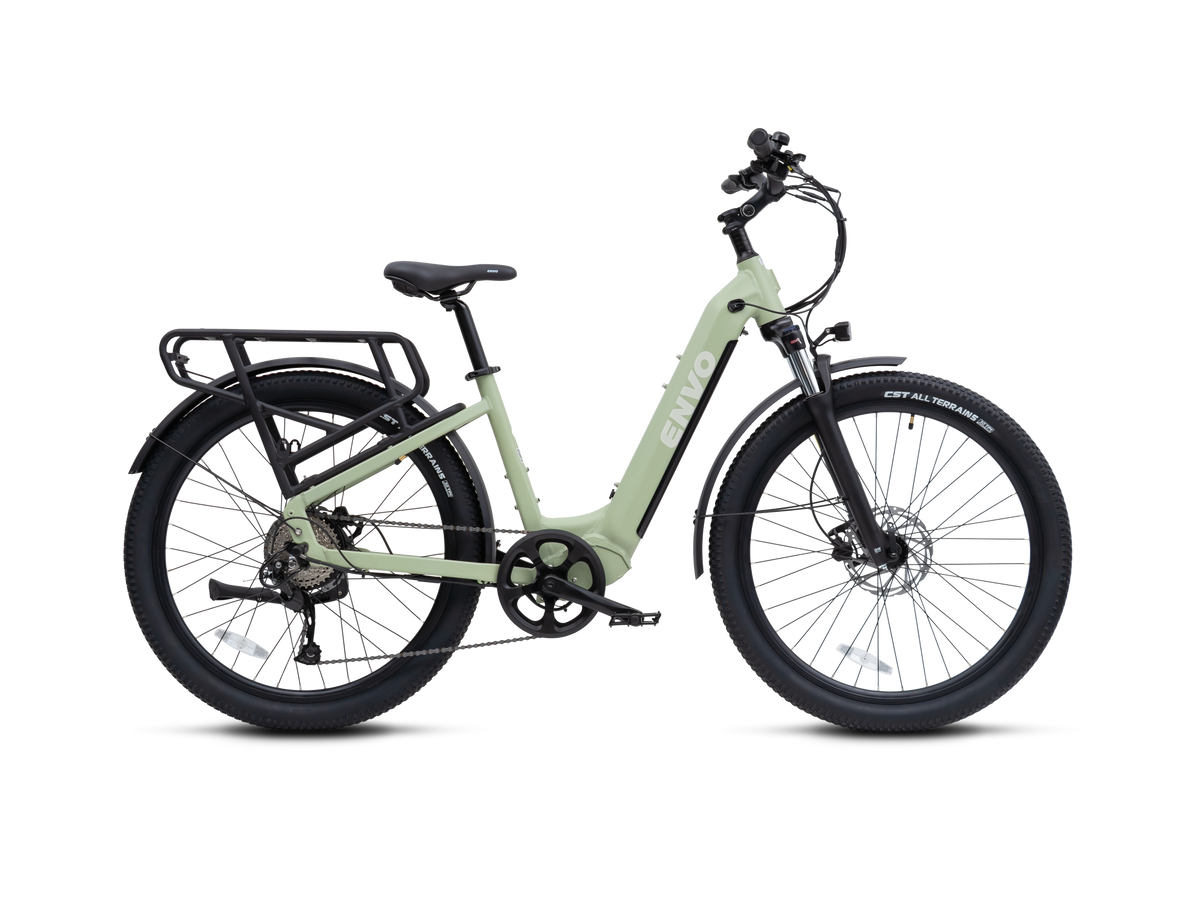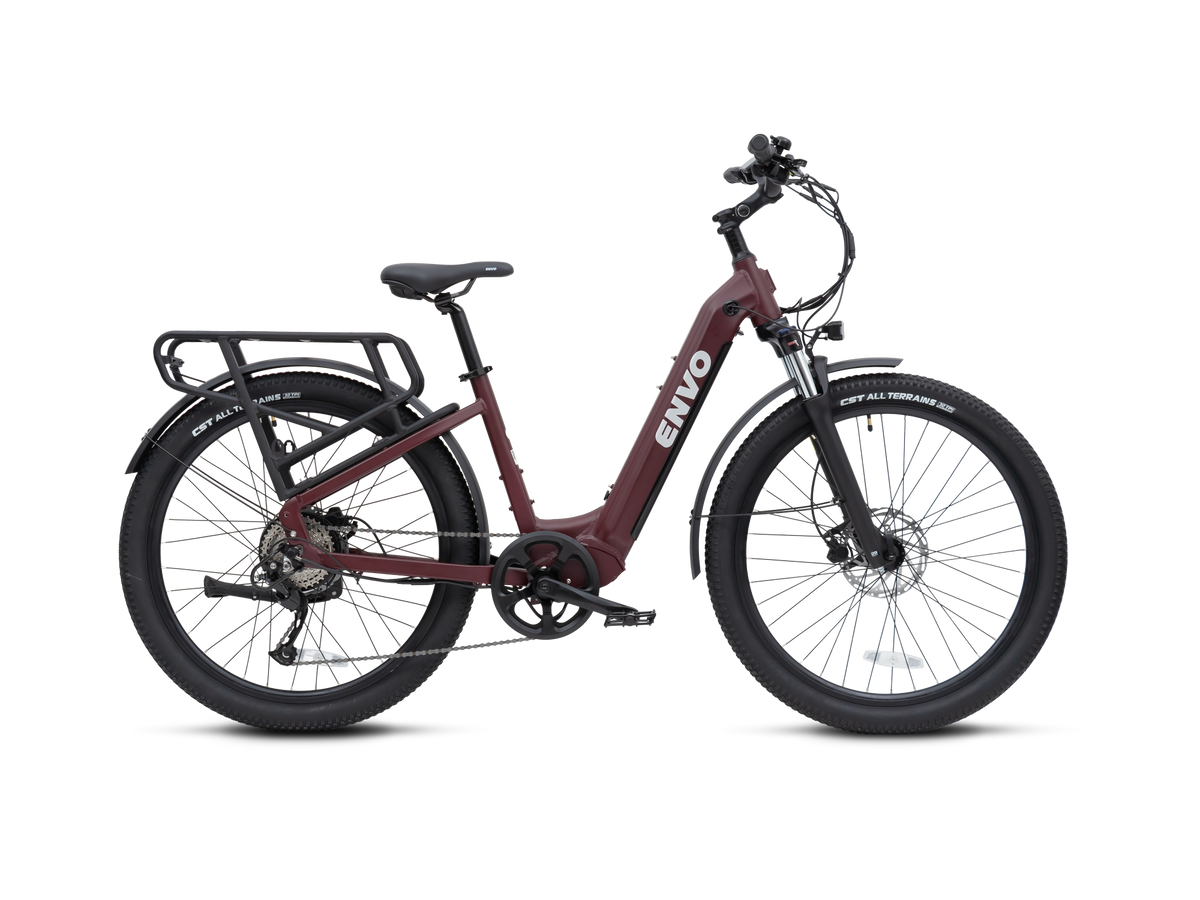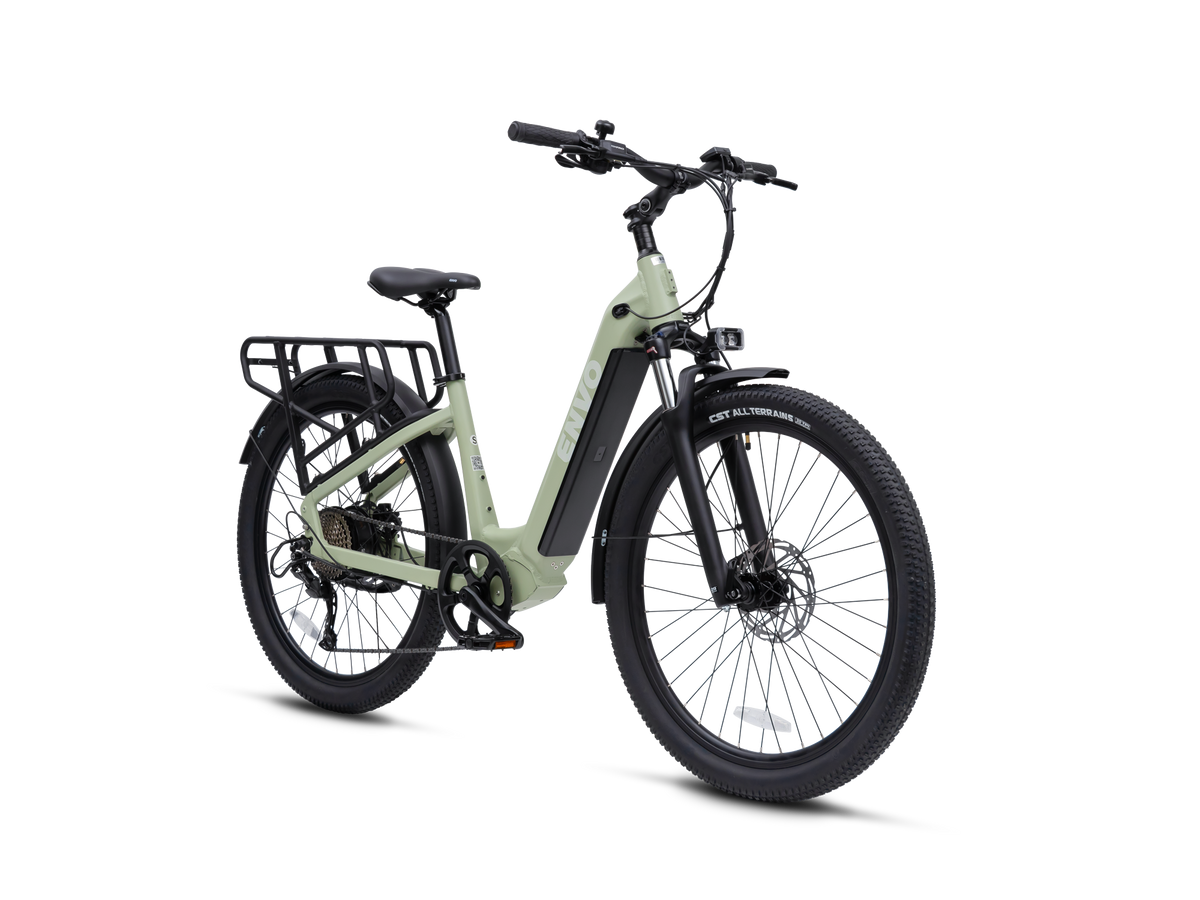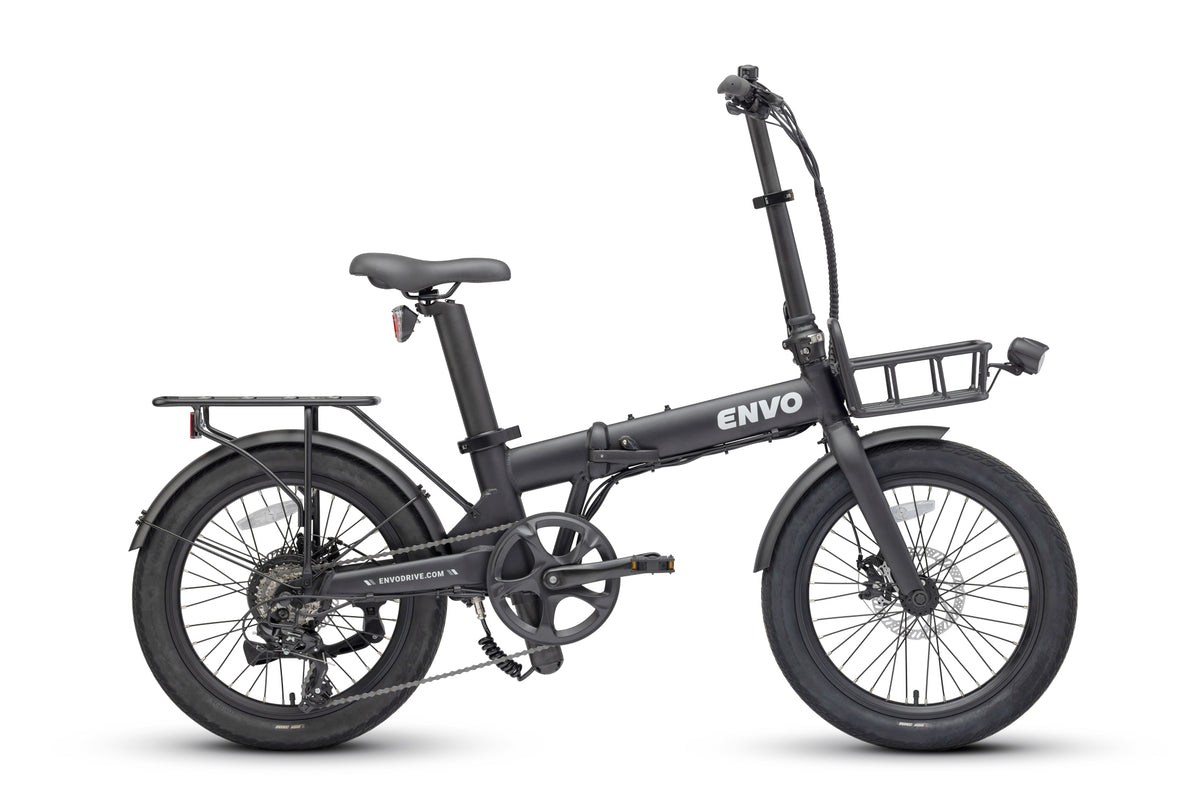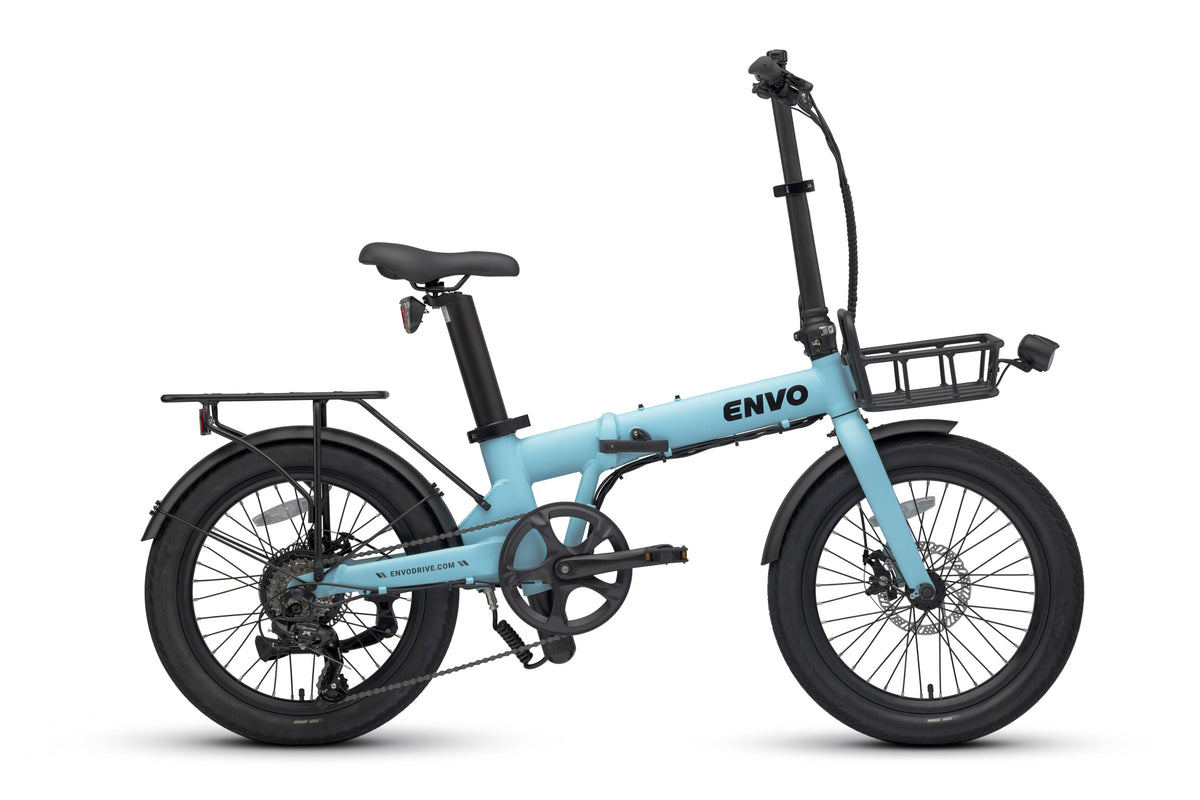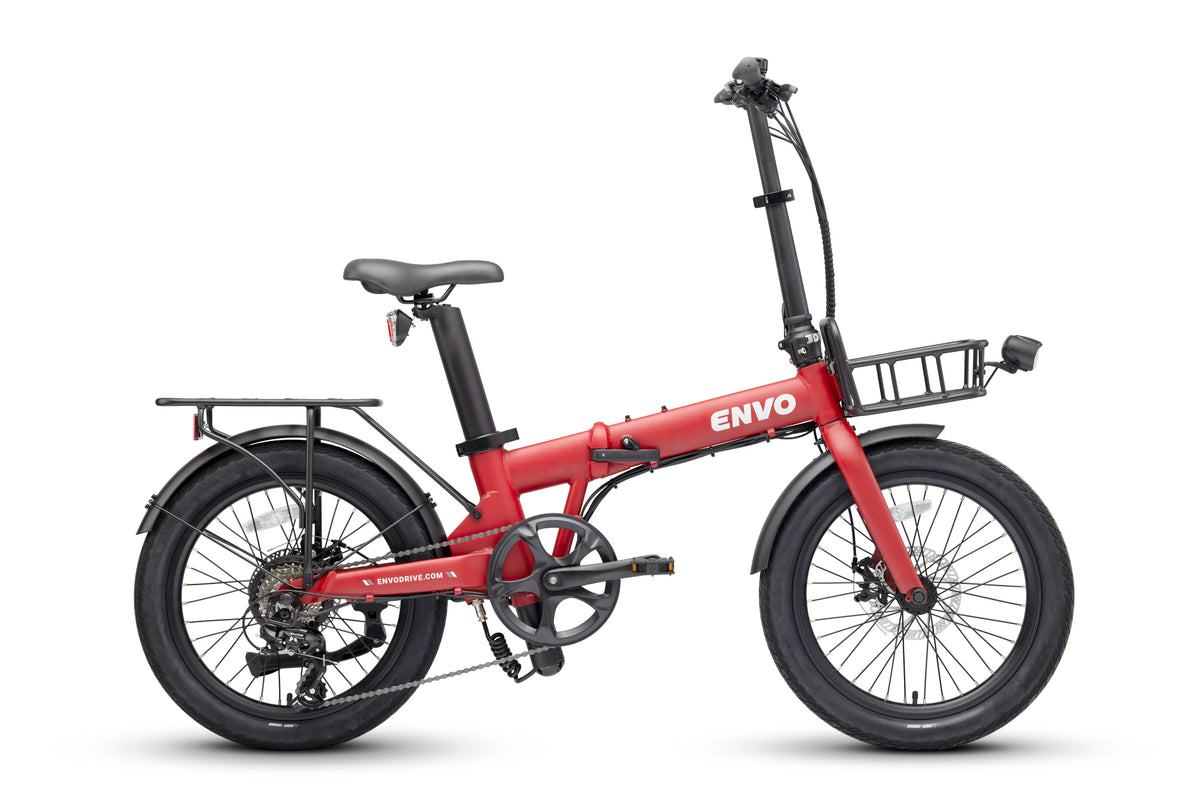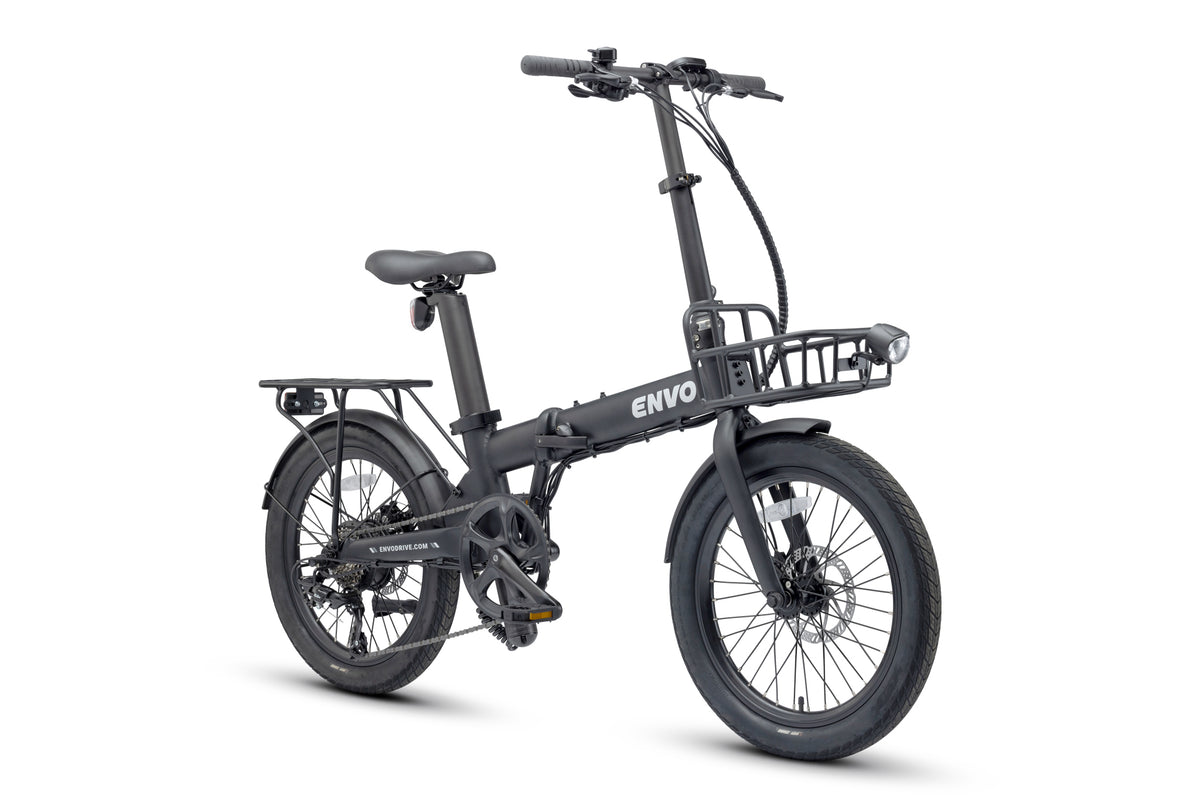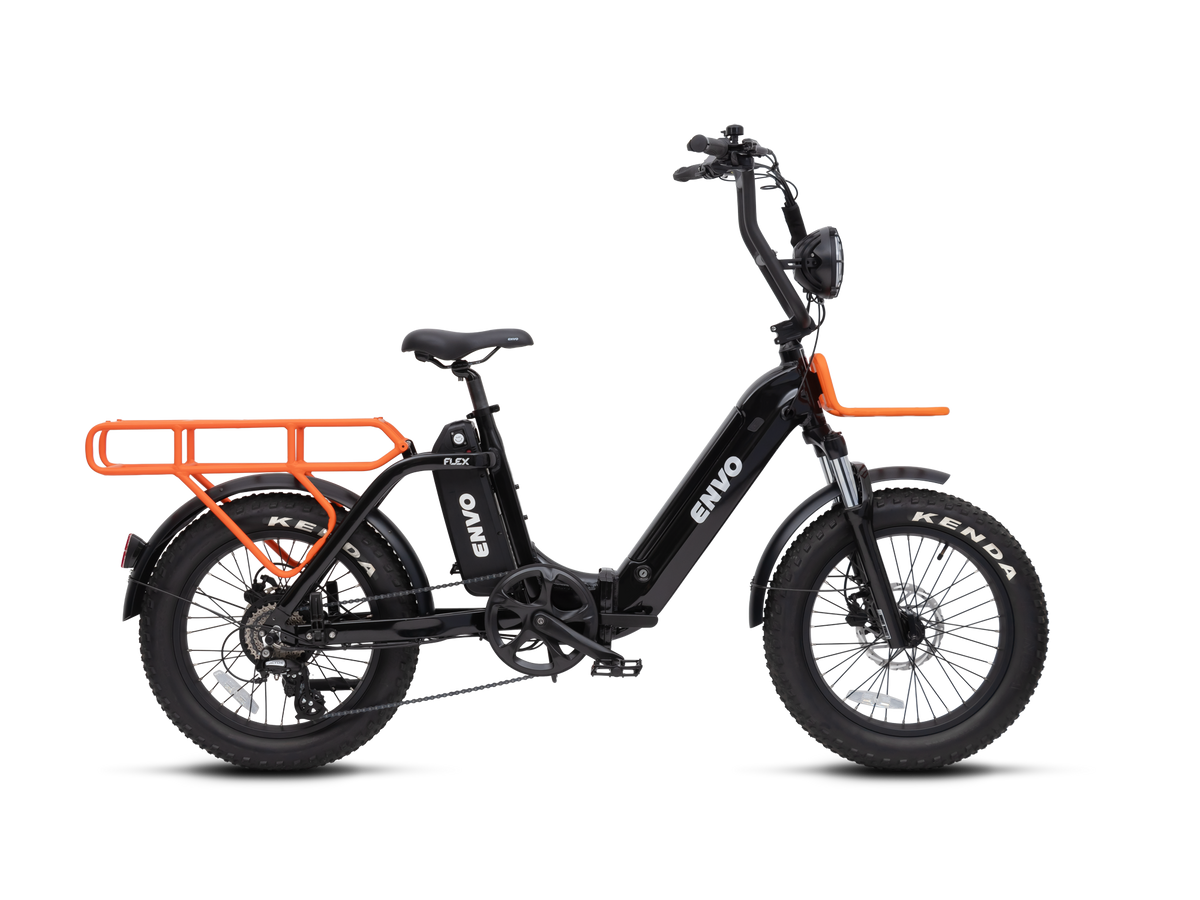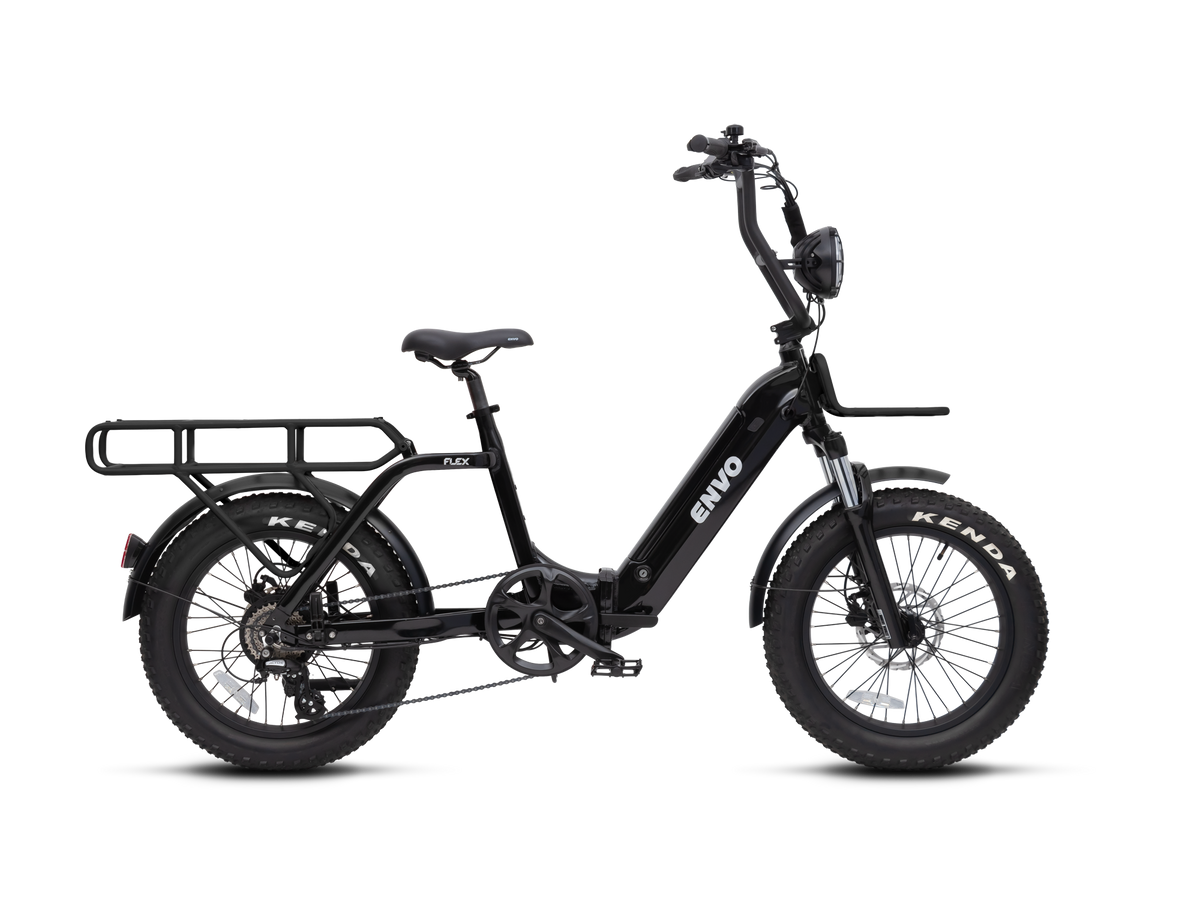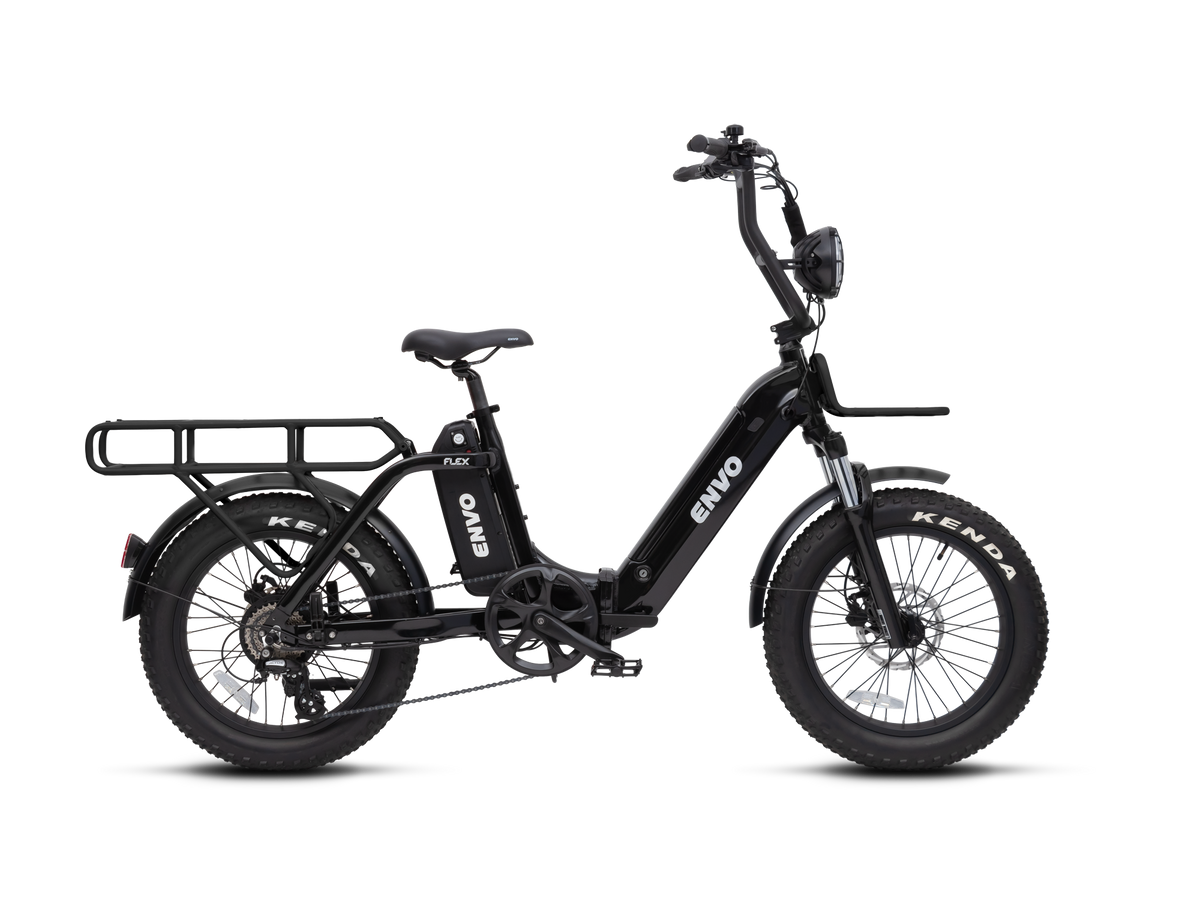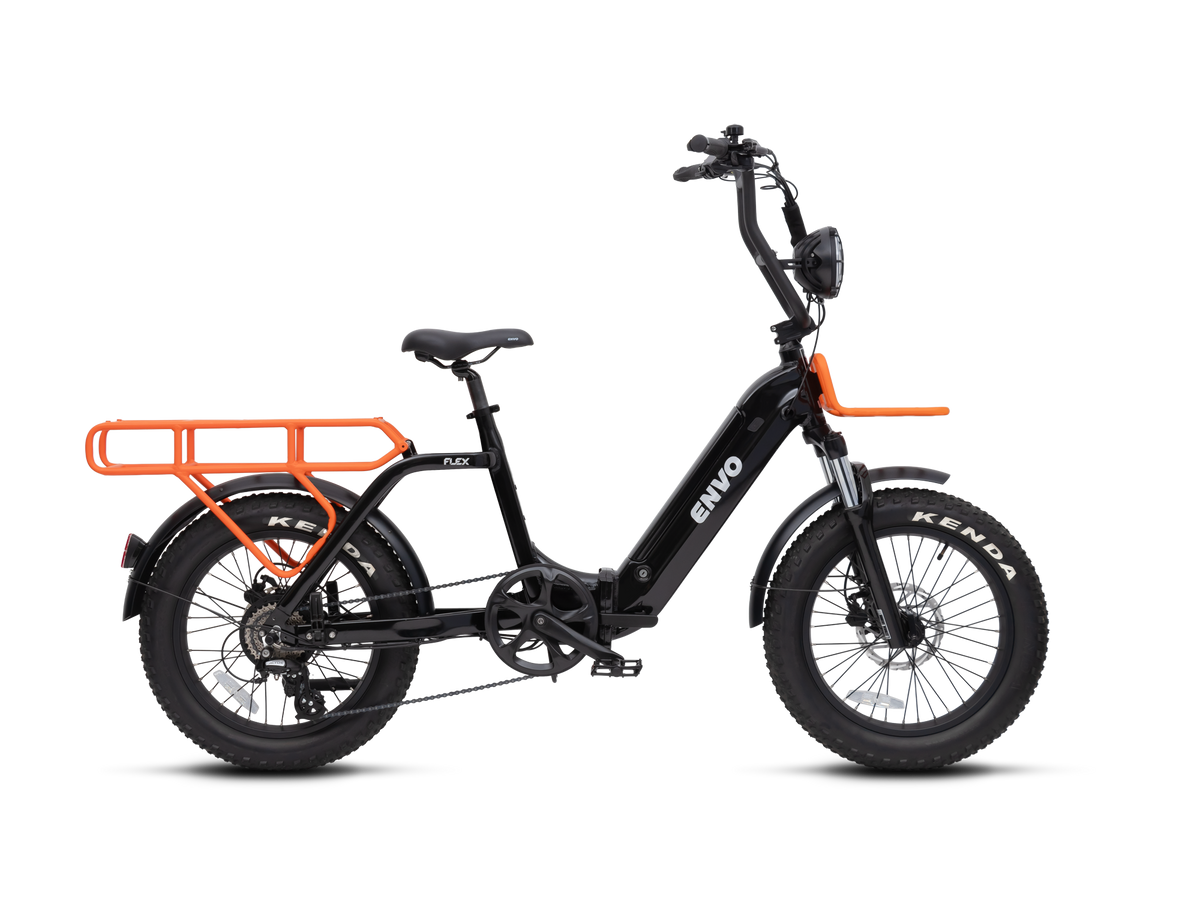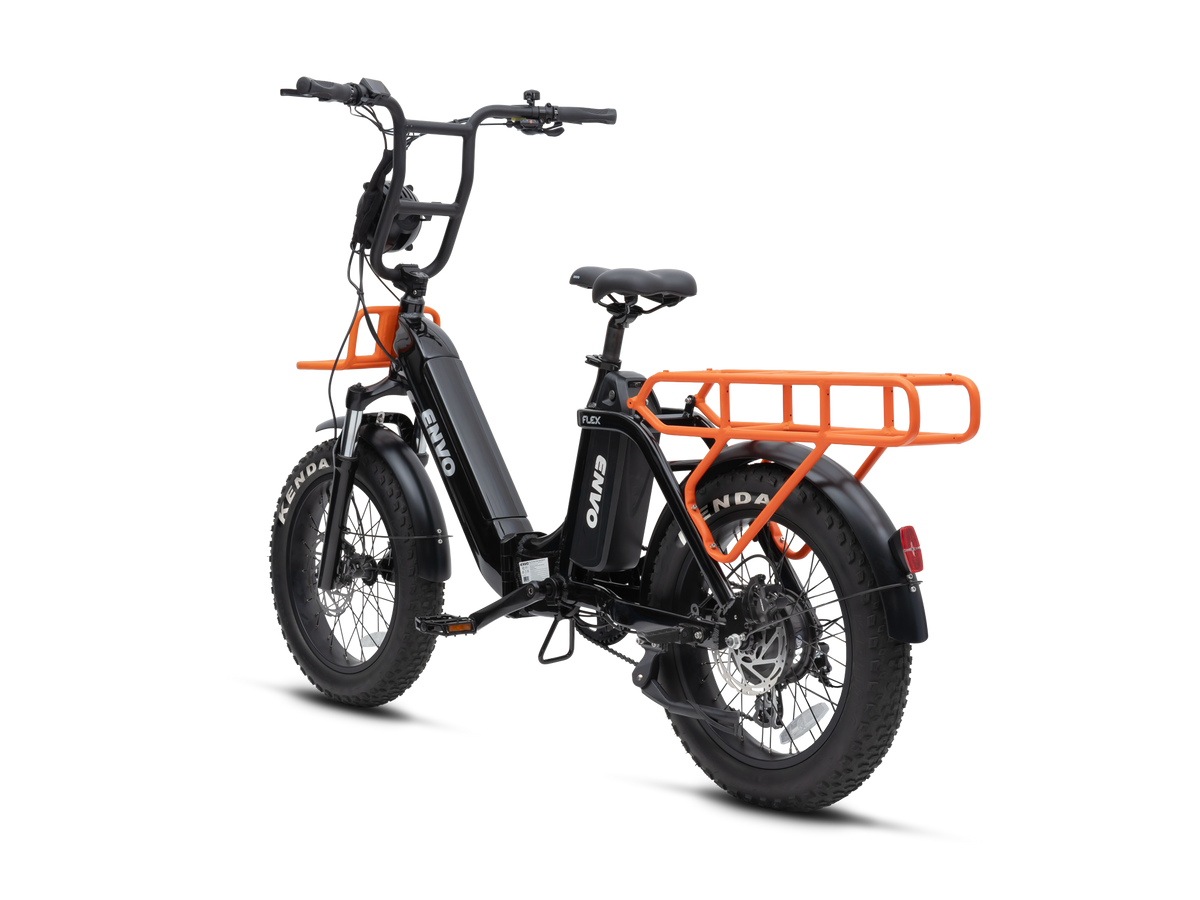Presque tous les kits de conversion de vélos électriques et de vélos électriques vendus au détail sont répertoriés à un niveau de puissance spécifique, tel qu'un "vélo électrique de 500 watts" ou un "kit de conversion de vélos électriques de 250 watts", mais cette puissance est souvent trompeuse. Vous vous demandez peut-être : de quelle taille de moteur ai-je besoin pour un vélo électrique ? !
Lorsqu'il s'agit de choisir un moteur pour votre vélo électrique, plus gros n'est pas toujours mieux. Les moteurs traditionnels vont de 250 W à 500 W, mais à mesure que l'industrie du vélo électrique se développe, la puissance du moteur augmente également. Des moteurs haute puissance sont disponibles allant de 1000W à 6000W, mais la question est : moins pourrait-il en fait être plus ? Y a-t-il des avantages à cette mise à niveau de puissance ? Et enfin, de quelle puissance avez-vous réellement besoin ?
Lors du choix d'un moteur, il y a deux facteurs importants. Votre poids et le terrain sur lequel vous roulerez. Un moteur de 250 W est suffisant pour les trajets quotidiens, tandis que la mise à niveau vers un 350 W ou 500 W est bénéfique pour ceux qui feront beaucoup de trajets en montée. Pour mettre les choses en perspective, les moteurs de 6000 W conviennent aux courses de motos et ne sont pas conçus pour être confinés aux routes de la ville.
De manière générale, pour la personne moyenne, un vélo électrique conçu de manière efficace fournit une puissance plus que suffisante à 500 W ou moins. En fait, augmenter les watts de votre vélo électrique présente des inconvénients. Avant de creuser les inconvénients des moteurs haute puissance, il est important de garder à l'esprit que les règlements municipaux standard limitent généralement la puissance du moteur à 500 W. Ces règlements sont entrés en jeu sur la base de principes d'ingénierie et de sécurité.
Pourquoi votre moteur devrait être de 500w ou moins :
- Dans les provinces canadiennes, la plupart des vélos électriques sont limités à une puissance de 500 W et ne peuvent pas rouler à plus de 32 km/h (20 mph) avec la seule puissance du moteur. Cependant, limiter la puissance des moteurs de vélos électriques ne limite pas nécessairement leur puissance. Même si un moteur est marqué comme 250 watts, n'importe qui peut le connecter à une batterie de 48 V et faire fonctionner 20 ampères à travers le moteur pour atteindre 1 000 watts de puissance.
- Utiliser un moteur plus gros signifie utiliser une batterie plus grosse pour parcourir la même distance. La batterie étant la partie la plus coûteuse d'un vélo électrique, cela se traduit par des économies supplémentaires.
- Des problèmes de surchauffe peuvent survenir lorsque le moteur dépasse 1000W. Cela se voit principalement lors de longues montées, ce qui est l'une des raisons pour lesquelles les gens optent pour des moteurs à puissance plus élevée.
- Les moteurs de moins de 500w ont été largement testés et produits en série. Ces moteurs se sont non seulement avérés efficaces, mais grâce à la recherche, ils sont extrêmement fiables.
- L'excès de puissance fourni par les moteurs dépassant les 1000W a des conséquences négatives en cas de crash. La gravité et le risque de blessure augmentent linéairement avec la puissance et la vitesse du moteur.
- Les moteurs 750W, 1000W, 3000W et 6000W sont trop lourds pour le vélo de rue moyen et peuvent causer des problèmes en aval entraînant des réparations inutiles.
Conclusion
La puissance du moteur supérieure à 750 W fournit trop de puissance pour un vélo de rue et devrait probablement être considérée comme un scooter électrique ou un autre type de véhicule motorisé.
Quand il s'agit de choisir le bon moteur, cela dépend finalement des intentions du cycliste. Les moteurs à faible puissance sont peu coûteux, ils sont conformes aux normes légales de la rue, ils sont efficaces et ne présentent pas les inconvénients et les risques des moteurs plus puissants. Notre consensus : plus gros n'est pas toujours meilleur.

